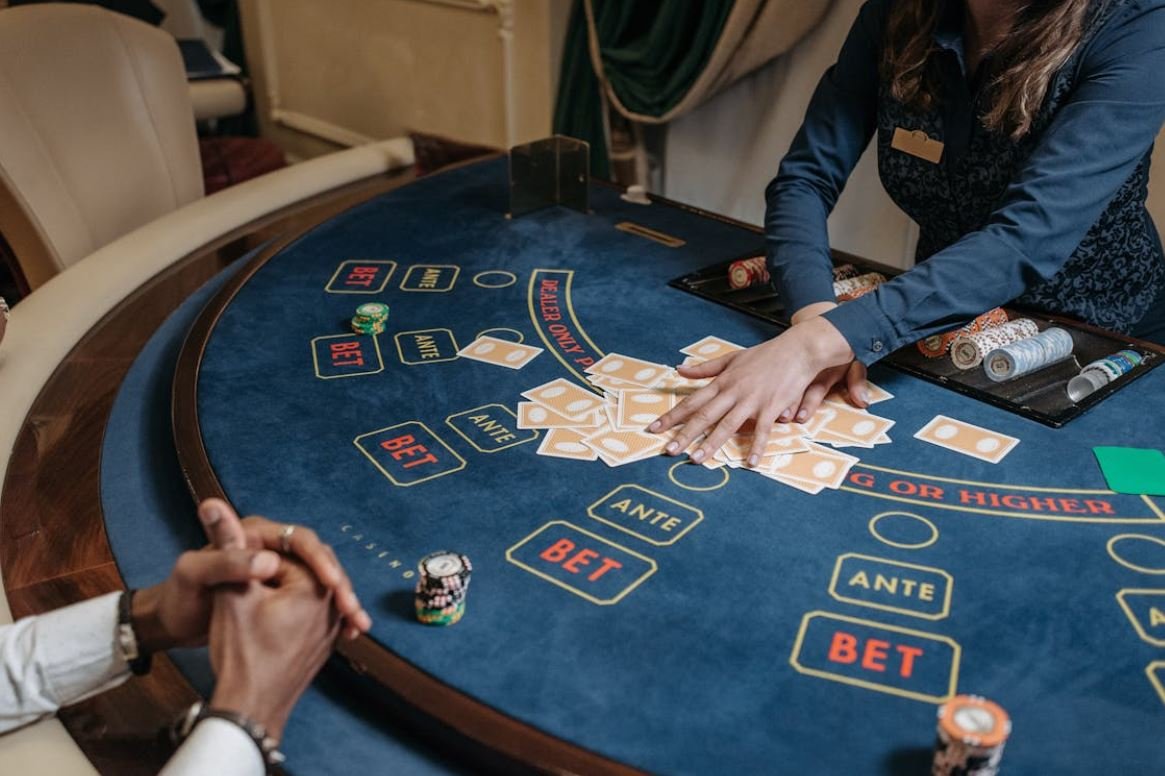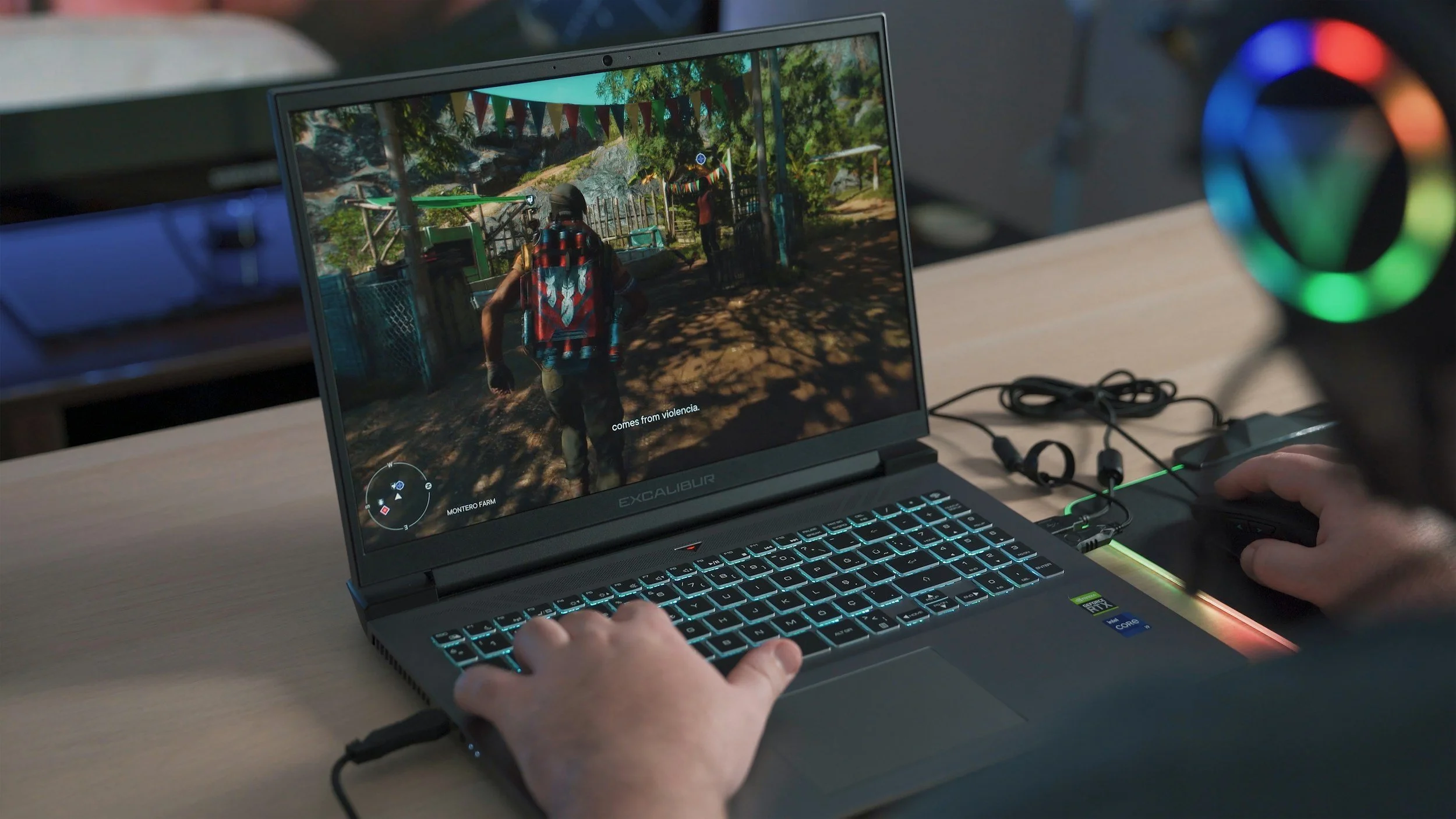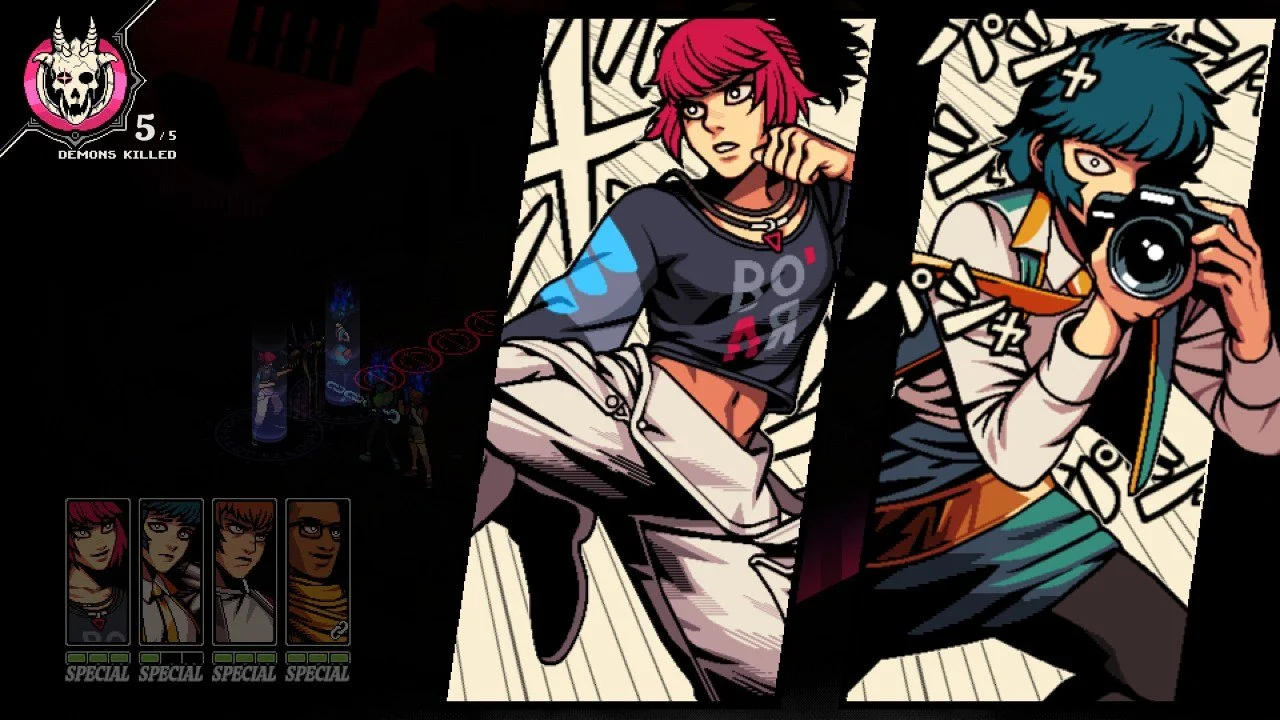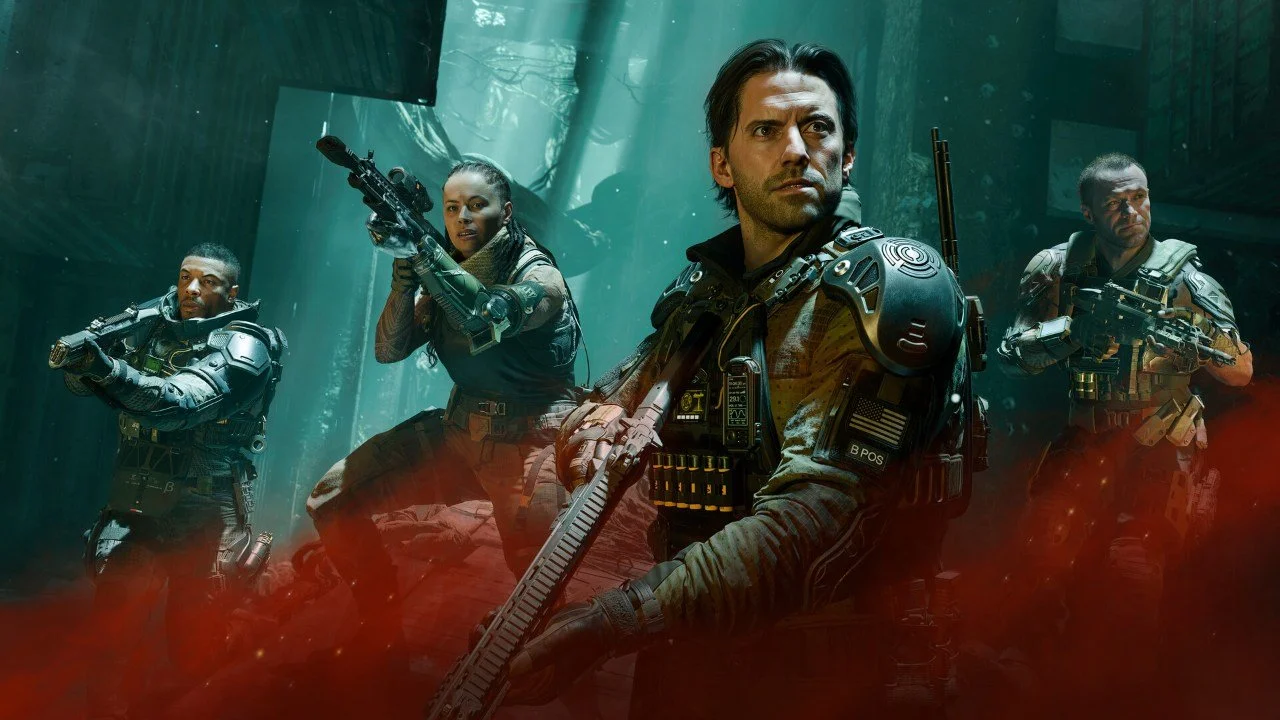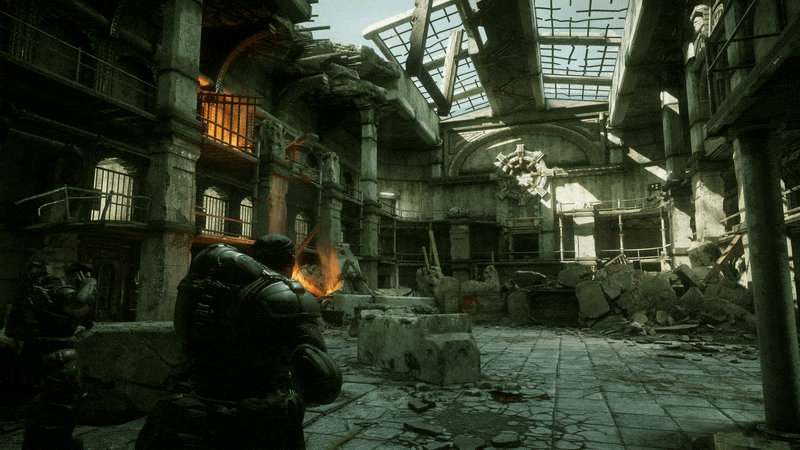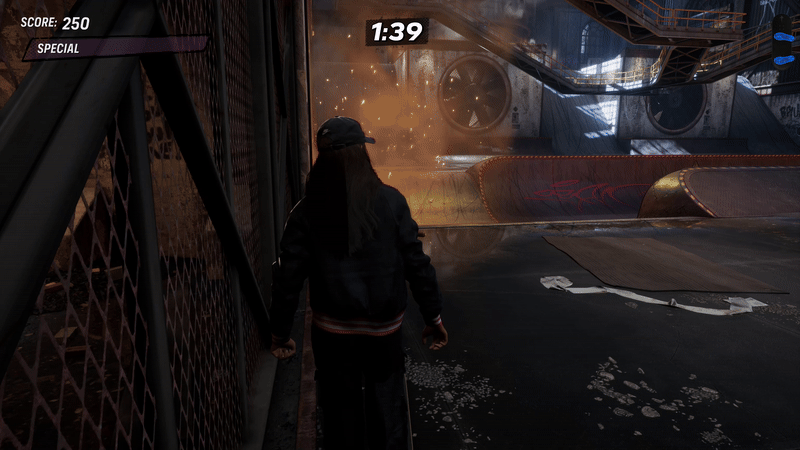Games today look more real than ever. With massive open worlds, lifelike characters, and cinematic cutscenes, hyperrealism has become the norm in big-budget releases. Developers spend years crafting every detail—textures, lighting, motion capture—just to mirror real life. And while that’s impressive, it’s not always what players are reaching for.
As the London College of Contemporary Arts highlights, game visuals have come a long way—from basic pixel sprites to near-photorealistic environments—pushing the boundaries of what digital art can do. But even with all that visual sophistication, a quieter trend is picking up speed.
More people are turning to games that are calm, simple, and easy to pick up. These experiences don’t require powerful systems or long tutorials. They skip the overwhelm and jump straight into fun.
So what’s going on? It’s becoming clear that players are looking for more balance. The need for relaxation, low-pressure fun, and something that fits into everyday life is reshaping how games are played—and what gets our attention. The shift says a lot about how the gaming experience is evolving.
Visual Perfection Isn’t Everything
Big-budget games have pushed the limits of what’s visually possible. Characters look lifelike, environments feel real, and everything moves with cinematic flair. But behind the beauty, there’s a price. Large game files can take hours to install or update. Some games need extra downloads just to launch. And once you’re in, you’re often met with complex controls, layered systems, and long tutorials. It can feel more like setting up than playing.
AAA Graphics Are Impressive—But Draining
There’s no denying that modern games look stunning. From detailed character models to dynamic weather systems, it’s clear how much effort goes into making every scene look perfect. But that polish often comes with heavy requirements—both from your device and from your time. Between multi-gigabyte downloads and frequent patches, even starting a new game can feel like a commitment. For many, that level of effort takes away the fun.
Players Want More Than Just a Visual Show
While visuals draw attention, they’re not always what keeps people playing. Many gamers now care more about how a game feels. Is it fun to jump into for a few minutes? Does it offer quick satisfaction? Simple mechanics, creative ideas, and good pacing can often do more than top-tier graphics. In fact, some of the most loved games today use basic visuals but focus on smooth, engaging play. The shift suggests that feel and flow matter more than ever.
The Return to Pick-Up-and-Play Fun
Not every game session needs to be an epic journey. For many players, gaming is a way to unwind—not a challenge to conquer. That’s where simpler games come in. They don’t require hours of focus or layers of strategy. Instead, they offer quick fun, low-pressure moments, and an easy way to recharge after a long day.
Simplicity Helps Us Relax
Life can be stressful, and when games start to feel like work, the fun fades fast.
The following features can turn a game into a chore:
Long cutscenes
Complex mechanics
Steep learning curves
These elements can push players away. That’s why more people are choosing games with simple controls and clear goals. It’s less about beating a boss and more about finding a calm escape.
Short Sessions, Big Impact
One of the best parts of simple games is how quickly they deliver results. A short play session can still feel rewarding. Without needing to plan ahead or remember past progress, players can dive in anytime and still feel satisfied. It’s gaming that fits into real life, not the other way around.
A Place for Lighter Play
Even fans of intense, high-stakes games often take breaks with something lighter. It helps reset focus and keeps the experience fresh. For moments like that, many players enjoy casual experiences found on sites like https://crowncoinscasino.com/. With quick access and no pressure to grind, it’s a simple way to relax between longer sessions. It’s not about swapping out big titles—it’s just another way to keep gaming fun.
Familiar Formats Still Work
Not every game needs to break new ground. Some of the most enjoyable experiences still come from formats that have been around for years. While new features and creative mechanics get the spotlight, many players are returning to basics—and finding real joy in them.
Classic Mechanics Still Hit the Mark
Simple game types continue to stay popular for a reason. A few that never go out of style include:
Tetris – fast-paced, satisfying, and endlessly replayable
Card games – relaxing and familiar across cultures
Puzzle loops – easy to learn, hard to put down
These games don’t need long updates, complex systems, or big stories. Their appeal comes from how quick they are to start and how fun they are to keep playing.
The Charm of Repetition and Simplicity
Repetition in games isn’t always a bad thing. It can be comforting. Predictable gameplay helps players settle into a rhythm. That kind of design offers:
Calm, steady progress
A break from high-pressure play
A clear path with no surprises
Players enjoy knowing what comes next. It brings structure, balance, and ease. That’s why old formats are still going strong—they’re familiar, they work, and they feel good to return to.
Why This Shift Reflects a Bigger Mindset
The growing love for simpler games isn’t just about game design—it’s about how people feel. Daily life moves fast, demands a lot, and often leaves little energy for complex hobbies. Games that offer peace, control, and a sense of comfort are starting to feel more valuable than games that aim to impress.
People Crave Control and Calm
In a world full of noise and pressure, players are looking for experiences that help them unwind. High-stakes, high-speed games can feel overwhelming, especially after a long day. That’s why low-pressure games are getting more attention. They offer:
A slower pace
Simple decisions
A quiet space to relax
These games don’t ask much, and that’s what makes them work. Players can pick them up, enjoy a few moments, and walk away feeling better—not drained.
The New Definition of “Fun”
Fun doesn’t always mean fast or intense anymore. For a growing number of players, fun now looks like a slow-paced puzzle, a soothing soundtrack, or a game that just feels good to interact with. The goal isn’t to dominate—it’s to unwind. Games that give you space to breathe are just as valid as the ones that push your reflexes. And that’s becoming the new normal. Players are choosing what fits their life, not what fits the usual definition of gaming. As The New York Times points out, some of the most beloved titles today succeed not by chasing realism, but by offering something visually distinct and emotionally resonant.
Conclusion – A Balanced Gaming Future
The return to simple games isn’t a step back—it’s a shift in what players value. More people are choosing games that match their mood, time, and energy, not just the ones with the best graphics.
Simple doesn’t mean boring. Many of these games offer thoughtful design, satisfying play, and a sense of calm. They’re easy to start, but still meaningful. That’s what makes them feel right in today’s fast-paced world.
This change isn’t about leaving big games behind. It’s about balance. There’s room for both intense, detailed games and low-pressure ones that help you relax. As players explore what really makes games enjoyable, the future of gaming looks more open, more personal, and more focused on how people want to feel—not just what they want to see.



